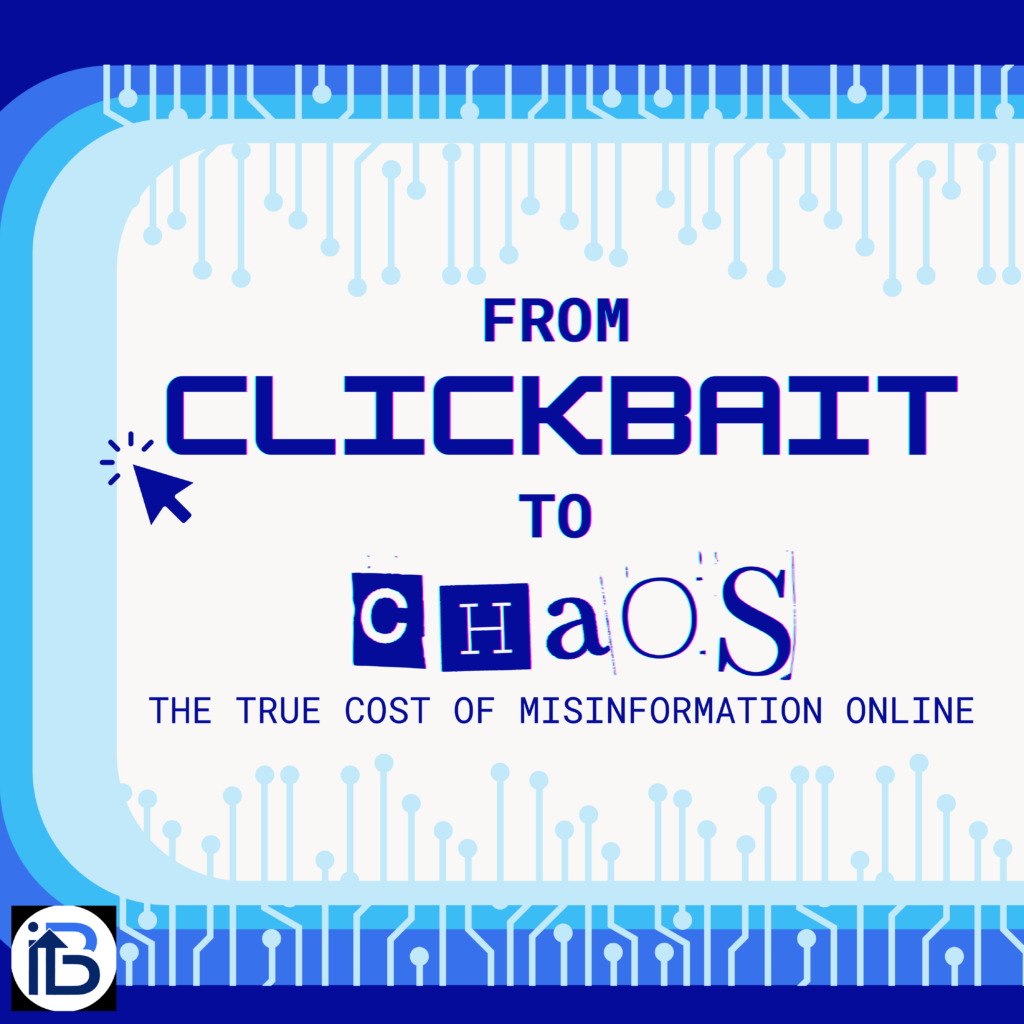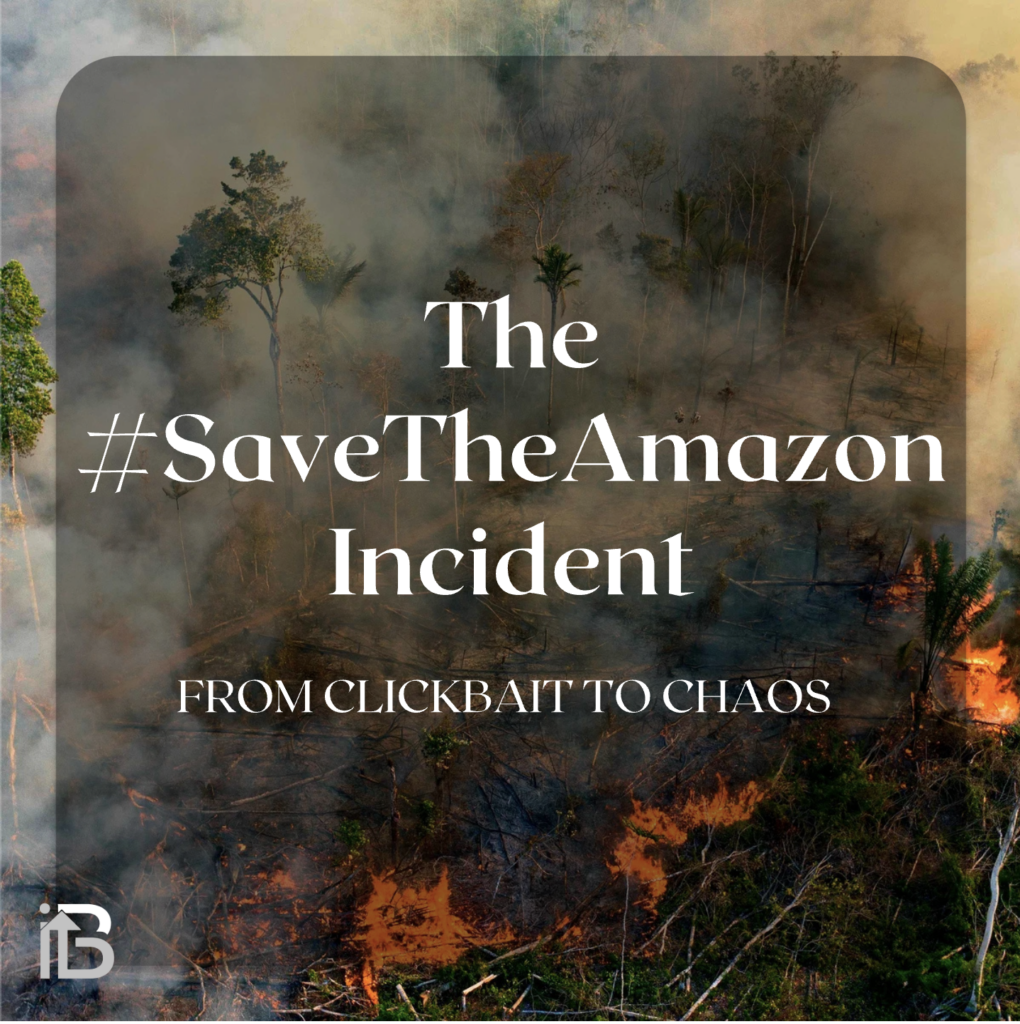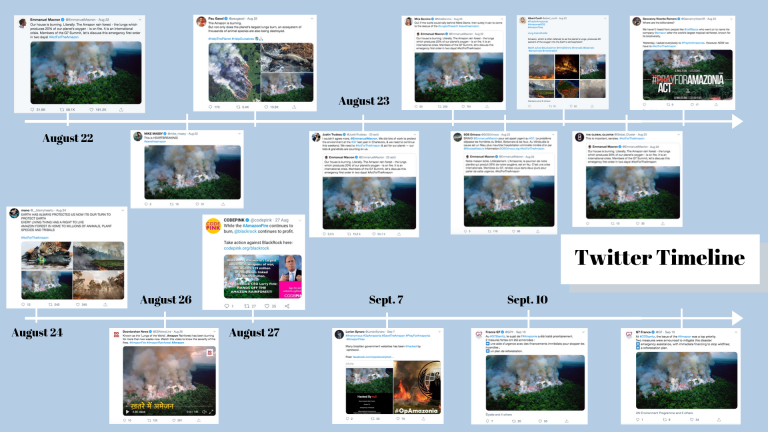Blog Survey
Thank you for taking the time and effort to complete this online survey for iB Analytica. Your valuable feedback will empower us to create content that is relevant, engaging, and tailored to the needs and interests of our readers.
Instructions:
Below, you will find two articles presented side-by-side. Both articles cover the same topic, but they differ in several ways: they have different thumbnail graphics, distinct titles, and are written in different formats.
Before reading either article, please take a moment to scroll down and review the six survey questions related to the articles. This will help you focus your attention on the key aspects we are evaluating.
Once you have reviewed the questions, please read both articles carefully. After you have finished reading, please complete the survey. Text boxes are provided for you to offer detailed critiques of each article, including your thoughts on the thumbnail, title, and writing format. We encourage you to be thorough and provide as much constructive feedback as possible. Your insights will directly influence our content creation process.

The True Cost of Misinformation Online: From Clickbait to Chaos
In the modern, digital era to which we have evolved, the instant and uncontrollable spread of misinformation has become an urgent concern, as its consequences ripple throughout everything from political campaigns to social movements. With the power to misconstrue narratives, polarize viewers, and erode trust, misinformation has become a key challenge for movements today, especially when it comes to those striving to make impacts through social media. Recognizing the detrimental consequences of the spread of false media is the first step in protecting your cause.
The Erosion of Credibility
Misinformation not only introduces false narratives, but it often undermines campaigns by distracting, confusing, and polarizing audiences. By exploiting algorithms that prioritize sensationalism over veracity, these falsehoods are easily spread to the masses by any opponents to your cause. These claims can often spread so fast that they can rapidly overshadow all other efforts of your campaign, easily reshaping public opinion about your cause.
For most campaigns and activism, public trust is everything. So, when inaccurate or manipulative content circulates, it threatens the voice of your platform, message, and cause. Even misinformation that is unrelated to your cause could affect your impact, as research has shown that repeated exposure to fake news lowers trust in all media, making it more difficult for the public to call campaigns credible[1].
Social Media: A Double-Edged Sword
Social media’s ability to spread information at lightning speeds and amplify one’s voice can be both a blessing and a curse. Unfortunately, with platforms prioritizing content based on virality rather than veracity, this feature of social media makes it a key spreader of misinformation. A USC study found that just 15% of the most habitual news sharers were responsible for spreading about 30% and 40% of fake news[2]. For campaigns, this reveals just how rapidly false narratives can spread and the domino effect that a single share can have, overshadowing your message and diverting attention.
Case Study: #SaveTheAmazon Movement
In 2019, during the global #SaveTheAmazon movement, images of wildfires and deforestation were rapidly spread across social media, rapidly gaining virality. However, many of these images were actually outdated or unrelated, and were meant to simply sensationalize the issue. For example, a decades-old image of a fire in Montana went viral as a false depiction of the Amazon rainforest[3].
Although this image brought a lot of important attention to the environmental justice issue, when the public found out the image was misattributed, their trust in the movement’s credibility was severely eroded. Activists faced criticism for relating on misleading visuals, giving those who were already skeptic another excuse to question the movement’s legitimacy. Moreover, this situation distracted from the cause, as debates over authenticity overshadowed the urgency of preserving Indigenous land rights and combating environmental destruction.
This example demonstrates how just a small piece of clickbait – even when well intentioned – can undermine a movement’s efforts, breaking public trust and misdirecting energy from meaningful action.
Turning Chaos into Clarity
Combating the chaos caused by misinformation is no easy task, but here are some simple strategies to help your cause stay resilient in the face of misinformation.
- Fact-Check: Verify everything before you share to maintain your credibility.
- Educate: Teach audiences to avoid sensationalism and recognize trustworthy sources.
- Ally: Partner with credible voices to increase legitimacy.
- Narrate: Control the narrative by sharing updates to preempt misinformation.
- Respond: Address falsehoods quickly and transparently, reaffirming the truth.
By adopting these practices, your cause can transform the chaos of misinformation ino opportunities for clarity and resilience[4]. In a world oversaturated with clickbait and false narratives, staying truthful and transparent is not just necessity – it’s a powerful tool that can build trust, support, and meaningful change towards your cause.
- Altay, Sacha, et al. “Exposure to Higher Rates of False News Erodes Media Trust and Fuels Overconfidence.” Mass Communication & Society, 7 Aug. 2024, pp. 1–25, https://doi.org/10.1080/15205436.2024.2382776.
- Madrid, Pamela. “Study Reveals Key Reason Why Fake News Spreads on Social Media.” USC Today, University of Southern California, 17 Jan. 2023, today.usc.edu/usc-study-reveals-the-key-reason-why-fake-news-spreads-on-social-media
- Early, Catherine. “Amazon Deforestation Fuelled by Disinformation.” Theecologist.org, 31 Jan. 2022, theecologist.org/2022/jan/31/amazon-deforestation-fuelled-disinformation.
- Leighton, Nick. “Council Post: Five Actions Companies Can Take to Stop the Spread of Dangerous Misinformation.” Forbes, 12 Aug. 2024, www.forbes.com/councils/forbescoachescouncil/2023/10/10/five-actions-companies-can-take-to-stop-the-spread-of-dangerous-misinformation/.

The #SaveTheAmazon Incident: From Clickbait to Chaos
Just a few years back, in August 2019, the #SaveTheAmazon was trending all over social media . This hashtag was meant to call attention to the burgeoning fires across the Amazon, which were destroying the rainforest[1]. Looking at the situation with hindsight, it is clear that this movement was one of the earlier victims of social media misinformation, telling a story of lies and disinformation, spreading on social media like flames – from clickbait to chaos.
Social Media’s Role
Social media’s ability to spread information at lightning speeds and amplify one’s voice can be both a blessing and a curse. Unfortunately, with platforms prioritizing content based on virality rather than veracity, this feature of social media makes it a key spreader of misinformation. A USC study found that just 15% of the most habitual news sharers were responsible for spreading about 30% and 40% of fake news[2]. This reveals just how rapidly false narratives can spread and the domino effect that a single share can have, overshadowing your message and diverting attention.
During the global #SaveTheAmazon movement, images of wildfires and deforestation were rapidly spread across social media, rapidly gaining virality. However, many of these images were actually outdated or unrelated, and were meant to simply sensationalize the issue. For example, a decades-old image of a fire in Montana went viral as a false depiction of the Amazon rainforest[3].
Although this image brought a lot of important attention to the environmental justice issue, when the public found out the image was misattributed, their trust in the movement’s credibility was severely eroded. Activists faced criticism for relating to misleading visuals, giving those who were already skeptic another excuse to question the movement’s legitimacy[4]. Moreover, this situation distracted from the cause, as debates over authenticity overshadowed the urgency of preserving Indigenous land rights and combating environmental destruction.

Timeline of the publication of all the tweets containing the said photo, from August 22nd, 2019, the day Emmanuel Macron tweeted it to September 10th, 2019.
This demonstrates how just a small piece of clickbait – even when well intentioned – can undermine a movement’s efforts, breaking public trust and misdirecting energy from meaningful action.
Bad News: It’s Only Gotten Worse
With social media only becoming more and more prevalent, and with AI image editing becoming even easier, the issue of misinformation as a technique to sensationalize current events is an increasingly pressing matter. Today, in 2025, we have seen a similar incident with the spread of information regarding the California wildfires[5]. Hundreds of falsehoods have spread, from the Hollywood sign burning down to this being a coverup for the scandals of a celebrity trafficking ring. These lies distract from the actual issue at hand and the people being truly affected by it, using social media as a tool to turn global issues into entertainment.
Turning Chaos into Clarity
Combating the chaos caused by misinformation is no easy task, but here are some simple strategies for staying resilient in the face of misinformation.
- Fact-Check: Verify everything before you share to maintain your credibility.
- Educate: Teach audiences to avoid sensationalism and recognize trustworthy sources.
- Ally: Partner with credible voices to increase legitimacy.
- Narrate: Control the narrative by sharing updates to preempt misinformation.
- Respond: Address falsehoods quickly and transparently, reaffirming the truth.
By adopting these practices, your cause can transform the chaos of misinformation into opportunities for clarity and resilience[6]. In a world oversaturated with clickbait and false narratives, staying truthful and transparent is not just necessity – it’s a powerful tool that can build trust, support, and meaningful change towards a movement.
- Early, Catherine. “Amazon Deforestation Fuelled by Disinformation.” Theecologist.org, 31 Jan. 2022, theecologist.org/2022/jan/31/amazon-deforestation-fuelled-disinformation.
- Madrid, Pamela. “Study Reveals Key Reason Why Fake News Spreads on Social Media.” USC Today, University of Southern California, 17 Jan. 2023, today.usc.edu/usc-study-reveals-the-key-reason-why-fake-news-spreads-on-social-media
- “#SavetheAmazon? – a Case Study of Misinformation across Social Media Reactions to the Amazon Rainforest Fires.” Masters of Media, 24 Oct. 2019, mastersofmedia.hum.uva.nl/2019/10/savetheamazon-a-case-study-of-misinformation-across-social-media-reactions-to-the-amazon-rainforest-fires/. Accessed 11 Jan. 2025.
- March 1, Taylor Mooney CBS News, et al. “Misinformation about Amazon Fires Could Mean More Blazes in 2020.” Www.cbsnews.com, www.cbsnews.com/news/amazon-fires-brazil-president-bolsonaro-misinformation-cbsn-originals-documentary/.
- Garcia, Karen. “L.A. Firestorms Bring Waves of Fire Myths, Disinformation. Here’s How to Debunk It and Not Get Fooled.” Los Angeles Times, 10 Jan. 2025, www.latimes.com/california/story/2025-01-10/debunking-social-media-fire-myths-no-the-hollywood-sign-didnt-burn. Accessed 11 Jan. 2025.
- Leighton, Nick. “Council Post: Five Actions Companies Can Take to Stop the Spread of Dangerous Misinformation.” Forbes, 12 Aug. 2024, www.forbes.com/councils/forbescoachescouncil/2023/10/10/five-actions-companies-can-take-to-stop-the-spread-of-dangerous-misinformation/.